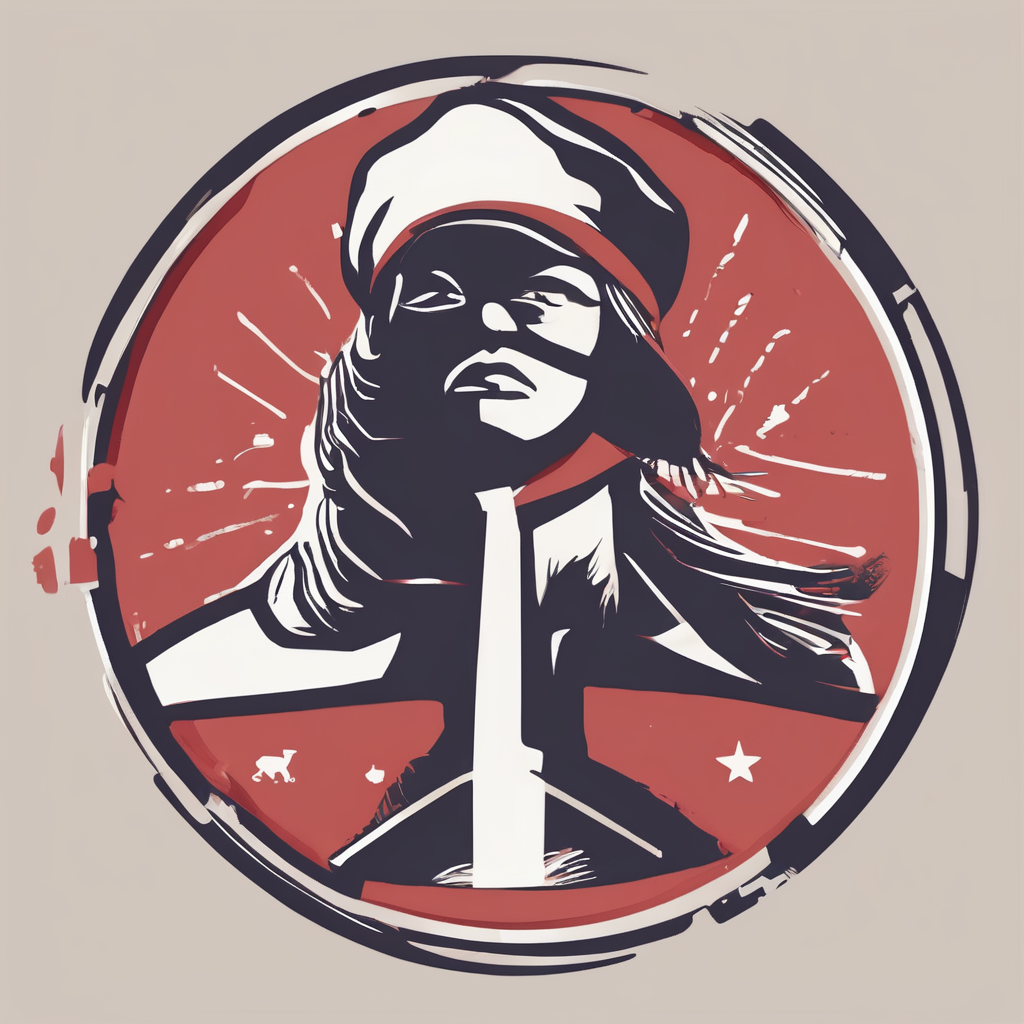Overview of UK Women’s Fashion and Major Cultural Shifts
Understanding UK women’s fashion history requires viewing it as deeply intertwined with evolving societal contexts. Cultural shifts in fashion are not just changes in style; they mirror and often propel broader social transformations. For example, wartime austerity imposed rationing, leading to functional clothing that reflected resilience. Post-war optimism saw a revival of femininity with Dior’s New Look influencing UK fashion significantly, aligning with shifting gender roles.
The 1960s unleashed youth culture’s vibrant impact on style, with the miniskirt symbolizing liberation and social change. Beyond aesthetics, these fashion movements acted as drivers of societal attitudes, reflecting what women desired in terms of freedom and identity.
Moreover, multicultural influences from diverse communities reshaped UK fashion, blending global trends with local traditions. The digital era continues this trend, enabling rapid fashion cycles influenced by online culture while prompting reflections on sustainability.
In sum, UK women’s fashion history is a vivid tapestry of cultural shifts in fashion, where societal changes and fashion continually dialogue, illustrating how clothing serves both as a reflection and an agent of change.
Wartime Influence on UK Women’s Fashion
During WWII, wartime UK fashion was profoundly shaped by rationing and the introduction of utility clothing, which limited fabric use and encouraged a utilitarian style. Rationing laws restricted how much fabric and certain materials individuals could purchase, leading designers and consumers alike to prioritize functionality. This practical approach defined silhouettes, often favouring simplicity and durability over decoration.
Women’s roles expanded beyond domestic spaces into factories and services, influencing everyday fashion to suit active, work-oriented lifestyles. Clothes featured practical cuts, sturdy fabrics, and minimal embellishment to meet new demands. Rather than a mere restriction, this shift symbolized resilience—fashion had to reflect the determination of women sustaining wartime efforts.
This period highlights how fashion and societal change were inseparable; clothing was not only a necessity but a visual representation of shared sacrifice and strength. Rationing’s impact lingered post-war, influencing styles and attitudes. The wartime years underscore the dynamic between economic constraints and creative adaptation, emphasizing fashion’s role as both a social barometer and a contributor to unity in challenging times.
Post-War Recovery and the Rise of Modern Femininity
The post-war fashion UK scene marked a dramatic shift from wartime austerity to renewed glamour. Central to this transformation was Dior’s New Look 1950s, emphasizing full skirts, cinched waists, and an exaggerated hourglass silhouette. This style symbolized a return to femininity and luxury after the constraints of war. Economic recovery fueled consumer demand for elegant, opulent clothing, reflecting newfound optimism and social stability.
Changing gender roles influenced fashion: women who had worked during the war gradually retreated to domestic spaces but still embraced modern styles communicating confidence and sophistication. The New Look reinforced these evolving expectations, blending traditional femininity with contemporary aspirations.
How did post-war fashion UK reflect societal attitudes? It served as a cultural barometer, expressing desires for normalcy and prosperity while simultaneously acknowledging women’s changing status. The elegance and structure of post-war garments echoed wider social narratives of rebirth and progress.
This era exemplifies the power of fashion and societal change working in tandem—styles were not simply trends but symbols capturing the shifting landscape of gender, economy, and identity in mid-20th-century Britain.
The Swinging Sixties and Youth-Driven Trends
The 1960s UK fashion scene marked a radical departure from previous decades, propelled by youth culture and a vibrant, rebellious spirit. London emerged as a global fashion capital, with designers like Mary Quant popularizing the miniskirt, which became a powerful symbol of liberation and female empowerment. What made the miniskirt revolutionary? It challenged traditional norms of modesty and gender roles, signalling youth’s desire for freedom and self-expression.
Fashion in the swinging sixties was inseparable from broader cultural shifts in fashion—media, music, and social movements intertwined, creating a dynamic landscape. Bands like The Beatles and magazines such as Vogue amplified new trends, driving rapid changes in style and attitudes.
This era illustrates how fashion and societal change operated in tandem, with women’s clothing reflecting an evolving understanding of identity and autonomy. The experimental styles, bold prints, and innovative cuts were not mere aesthetic choices; they embodied a generation’s optimistic challenge to convention. Thus, the swinging sixties stand out as a pivotal period in UK women’s fashion history, where youth-driven trends decisively shaped both fashion and culture.
Feminism and Power Dressing in the 1970s–1980s
This transformative era in UK women’s fashion history is defined by the rise of feminist fashion UK, which directly challenged traditional gender expectations. The feminist movements of the 1970s and 1980s influenced styles emphasizing empowerment and equality. Women increasingly entered the workforce, and fashion evolved to support their new roles with clothing that combined professionalism and strength.
The era saw the emergence of power dressing, characterized by structured suits, broad shoulder pads, and androgynous cuts. These styles conveyed authority and confidence, helping women assert themselves in male-dominated environments. Power dressing wasn’t just about clothing—it was a visual statement of changing societal attitudes towards gender roles and women’s rights.
What role did fashion play in reflecting feminism’s impact? It served as both a mirror and a catalyst for fashion and societal change, enabling women to express liberation materially. This period’s styles communicated ambition and independence, reinforcing feminist ideals while reshaping workplace culture.
In essence, the 1970s–1980s highlight how cultural shifts in fashion encapsulate broader social movements, illustrating fashion’s power beyond aesthetics to embody societal transformation.
Multiculturalism and Global Influences on Modern UK Fashion
Multicultural UK fashion has become a defining feature of contemporary style, reflecting the country’s rich cultural diversity. The integration of South Asian, Afro-Caribbean, and other global influences has reshaped UK women’s fashion history, illustrating vivid examples of cultural shifts in fashion. Designers draw inspiration from vibrant textiles, traditional motifs, and fusion aesthetics, creating hybrid styles that celebrate multiple identities simultaneously.
How does multiculturalism influence UK fashion? It broadens the palette of styles and challenges dominant Eurocentric norms, promoting inclusivity and innovation. For instance, contemporary UK labels often incorporate elements such as intricate embroidery or bold prints rooted in diaspora cultures, marking fashion as both a reflection and driver of societal change.
These global trends contribute to a dynamic fashion landscape where cultural heritage and modernity coexist. The visibility of diverse cultural identities in fashion also fosters dialogue about belonging and representation, emphasizing the role of fashion and societal change as intertwined forces.
In essence, multicultural UK fashion underscores how fashion and societal change continuously evolve together, mirroring demographic shifts while empowering individuals to express their cultural narratives through clothing.
Overview of UK Women’s Fashion and Major Cultural Shifts
Understanding UK women’s fashion history involves recognising how clothing acts both as a mirror and an agent of fashion and societal change. Cultural shifts in fashion reflect evolving attitudes about identity, gender roles, and social values across distinct periods. For example, during wartime, functionality dominated due to shortages, while post-war fashion embraced renewed femininity and optimism.
Key eras illustrate this dynamic: wartime austerity fostered utilitarian styles; the post-war period revived glamour with the New Look of the 1950s; the swinging sixties brought youth-driven liberation symbolised by the miniskirt; and later decades saw the rise of feminist, multicultural, and digital influences. Each phase responded to and impacted social realities, illustrating reciprocal effects between fashion and society.
By examining these moments, we see how cultural shifts in fashion serve more than aesthetics—they document changing societal roles and aspirations. UK women’s fashion is therefore a living history, shaped continuously by the interplay of cultural, economic, and technological factors, advancing both personal expression and broader social transformation.
Overview of UK Women’s Fashion and Major Cultural Shifts
UK women’s fashion history reveals how cultural shifts in fashion closely mirror and influence fashion and societal change. These shifts are defined by changing social attitudes, roles, and identities, evolving across distinct eras that reflect Britain’s complex cultural landscape. For example, wartime austerity demanded practical, rationed clothing, focusing on utility and resilience. In contrast, the post-war period embraced femininity and consumer optimism, with fashion embodying renewed confidence.
Key periods mark dramatic transformations: wartime restrictions catalysed utilitarian style; the swinging sixties energized youth culture, making bold statements of liberation; multiculturalism introduced diverse, global influences that enriched styles and challenged traditional norms. Throughout, UK women’s fashion history shows the power of clothing as a vehicle for expressing social values and negotiating identity.
Fashion’s role extends beyond aesthetics; it both reflects and drives cultural shifts in fashion by responding to economic, political, and technological changes. As women’s roles evolved, so did their clothing, symbolizing empowerment, inclusion, or rebellion. Understanding these interconnected dynamics offers a comprehensive view of how fashion operates within the broader fabric of British society, illustrating the continuous dialogue between style and social change.







